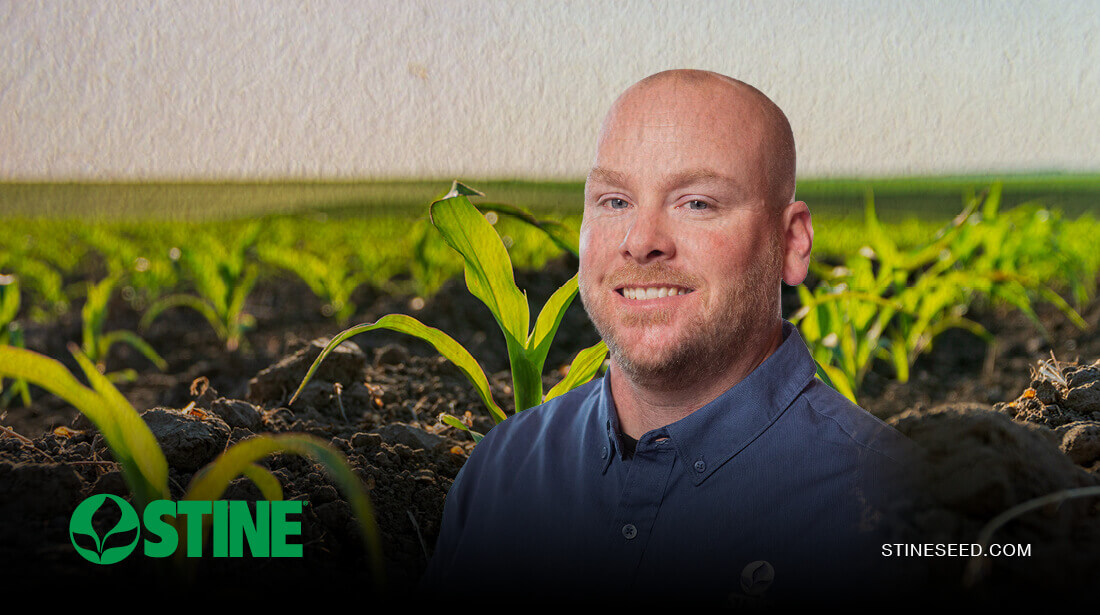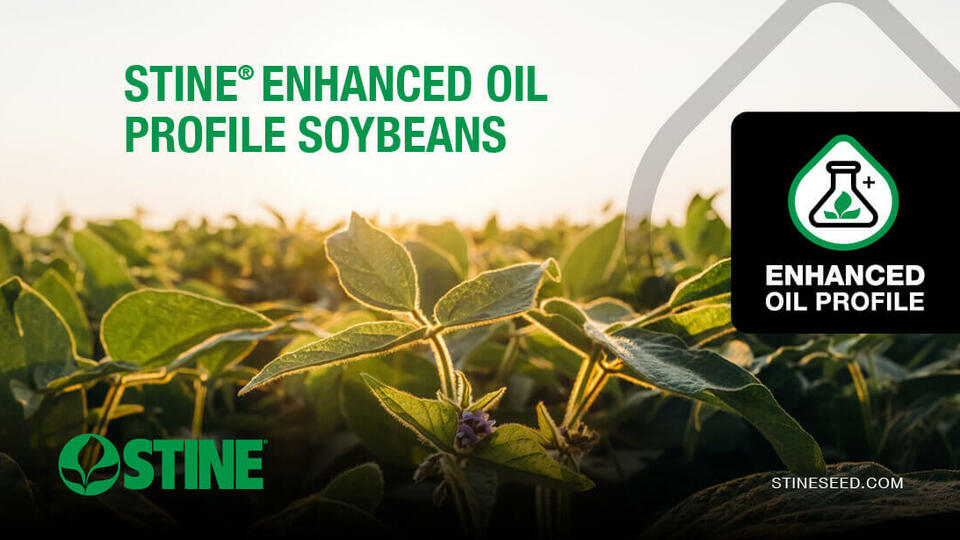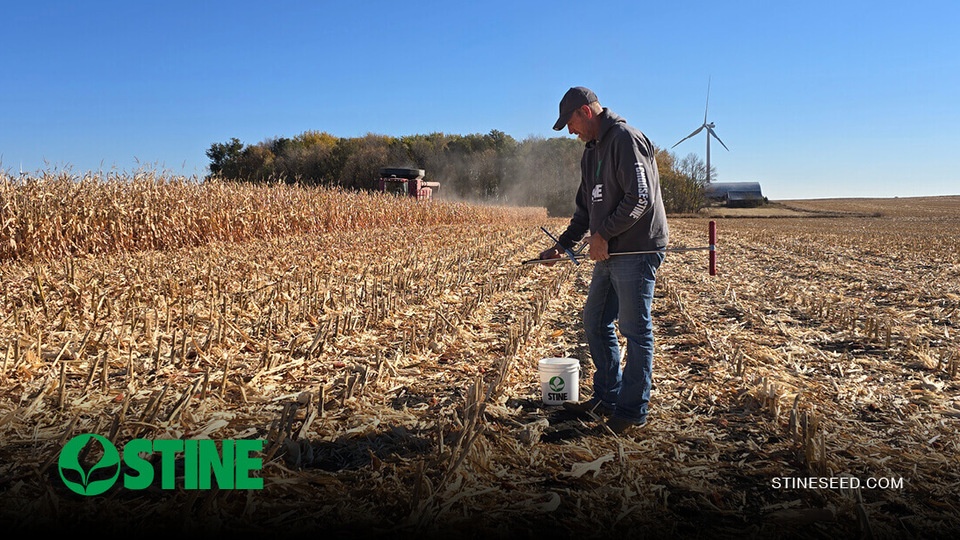Spring is here, bringing the promise of another season of growth, progress and potential. Growers are rolling into fields with a plan — and a purpose. “This is the time of year when all the preparation, all the research and all the hard decisions come together,” shares Stine® President Myron Stine. “There’s a lot of optimism for what’s ahead.”

That optimism is matched with a commitment to execution, says Stine Technical Agronomist Bill Kessinger. In a recent two-part series on the "Stine Seedcast," Kessinger offers growers timely advice for planting season success — from staying grounded in their plans to managing early-season crop establishment.
“Most farmers are sticking to their rotation plans, even with shifting commodity prices. But we’re seeing some small shifts in trait selection ... more growers choosing straight glyphosate products or conventional corn hybrids that still deliver high yields.”
Bill Kessinger, Stine Technical Agronomist
The message? Stick to your plan.
“Don’t let last-minute emotions drive decisions,” Kessinger advises. “Growers spend months developing a strategy for their seed, their fields, their goals. When the pressure’s on, the best thing you can do is stay the course and trust the work you’ve already done.”
However, thoughtful adaptation is still key. When planting delays occur, it isn’t necessarily about switching hybrids; it’s about making smart, agronomic adjustments. According to Kessinger, most corn hybrids don’t need to be swapped out if planting is delayed; instead, slight adjustments to seeding rates may be needed to account for faster plant growth in warmer conditions. For soybeans, he recommends keeping a full-season maturity and slightly increasing planting populations to ensure enough nodes develop for strong yield potential.
Another critical factor this time of year is stand establishment, which Kessinger calls the foundation of a successful season. Uniform emergence — particularly in corn — is essential.
“Corn plants need to emerge within 24 to 48 hours of each other. If they don't, competition kicks in fast, and it reduces ear size and overall yield. Corn plants simply do not play well with their neighbors.”
Bill Kessinger, Stine Technical Agronomist
To help achieve uniform emergence, Kessinger advises growers to plant into warmer, drier soils when possible and to monitor weather forecasts closely.
“Ideally, you want your seed to take its first drink from the soil, not from a cold rain that could shock the seed and cause uneven emergence,” he says.
Monitoring field conditions daily is essential. Soil temperature, moisture and planting depth can all change rapidly, even within a single day or field. “You may need to adjust your planting depth depending on where the moisture line is,” Kessinger adds. “It’s all about giving every seed the best possible start.”
Checking planter performance also plays a huge role. “Twice a day, hop out and check your depth, spacing, fertilizer placement and seed tube cleanliness,” Kessinger says. “A small issue caught early can save a big problem down the road.”
Once emergence begins, Kessinger recommends taking stand counts early and often. “Start when you see those first plants breaking through,” he advises. “Take unbiased counts in multiple parts of the field, not just the best or worst spots, to get an honest look at stand establishment. And keep monitoring as additional plants emerge.”
When making replant decisions, timing is crucial. If a thin stand is identified early enough in the season, replanting might be a viable option. However, later in the planting window, it often makes more economic sense to manage the existing stand rather than start over. Ultimately, it’s about weighing the timing, field conditions and overall yield goals to make the best decision.
As planting progresses, the right seed, planted the right way, sets the foundation for a strong season.
“We’re confident in our seed supply. Our short-stature corn is drawing more interest than ever, and our Enlist E3® soybeans continue to deliver the performance and weed control growers count on.”
Myron Stine, Stine Seed Company president
At Stine, planting season is more than a starting line. It’s a season of incredible potential, powered by research, innovation, and the grit and determination of farmers everywhere.
For more agronomic insights, visit StineSeed.com or connect with your local Stine sales representative. Listen to the latest episode of the “Stine Seedcast,” where Bill Kessinger gives smart insights for the planting season.
Related Articles
-

Stine® to offer Syngenta’s Victrato® soybean seed treatment in 2026
December 2025 in Agronomy
-

Use Stine’s XP® seed treatments to prevent early injury to your crops
December 2025 in Agronomy
-

Understanding Stine’s enhanced oil profile soybeans
December 2025 in Agronomy
-

Soil sampling sets the stage for spring
November 2025 in Agronomy



